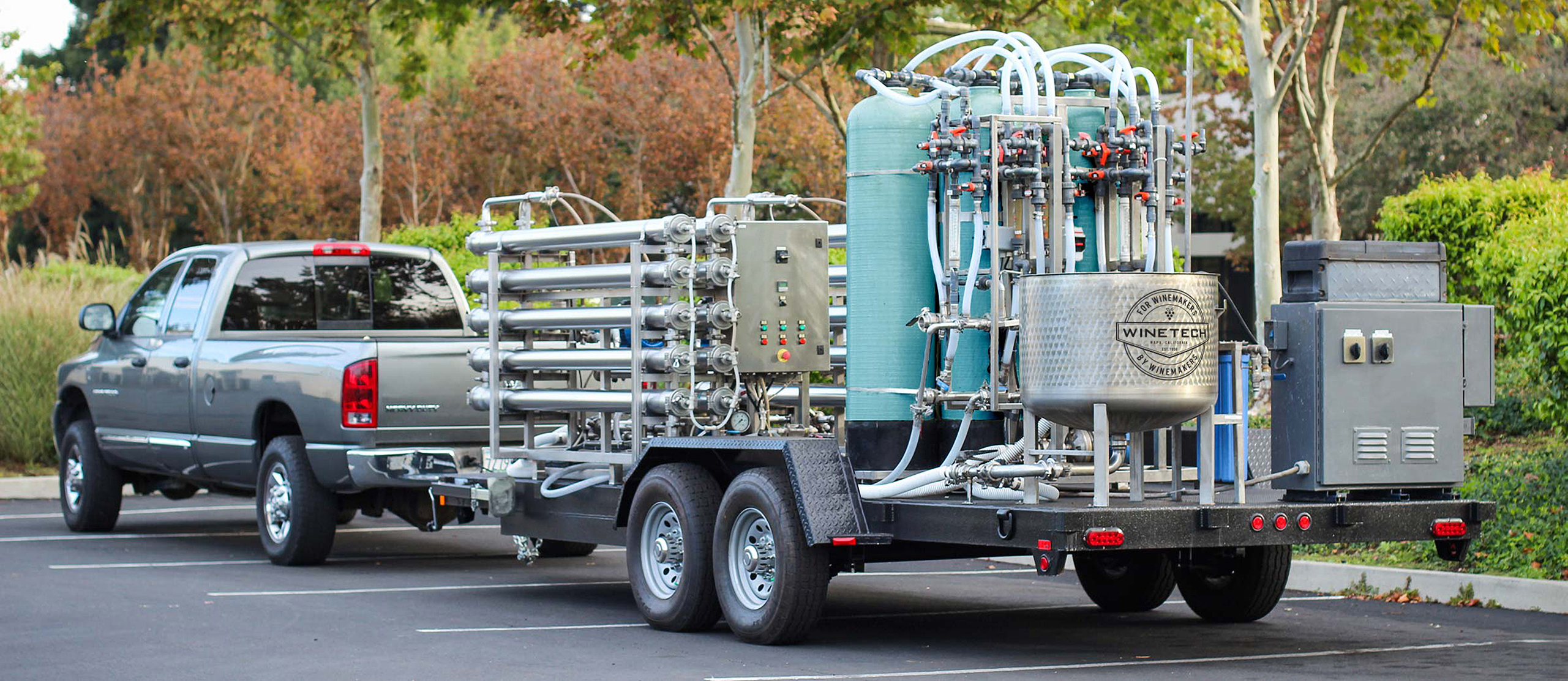
OUR SERVICES
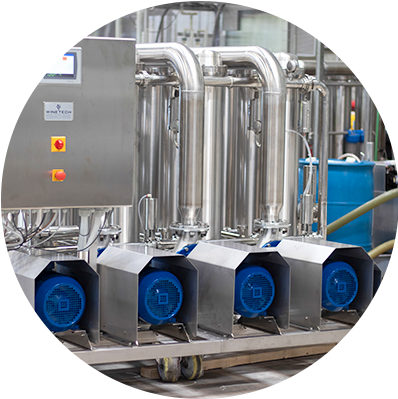
CROSSFLOW FILTRATION
Crossflow Filtration works by moving the flow of wine across the membrane at a high velocity, continually scouring the surface, and removing fouling materials. Wine and dissolved solids continually pass through the membrane, while suspended solids are retained by the membrane and further concentrated.
lees filtration
The Rotary Drum Vacuum, one of the earliest technologies for filtration, was first developed to aid the wastewater industry in the 1960s. Its introduction into the wine industry came some 20 years later. While plate-and-frame filtration has historically been the way to filter out lees, the rotary drum vacuum is superior in speed, production and resultant quality.
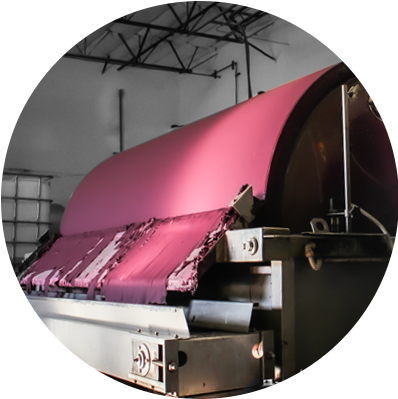
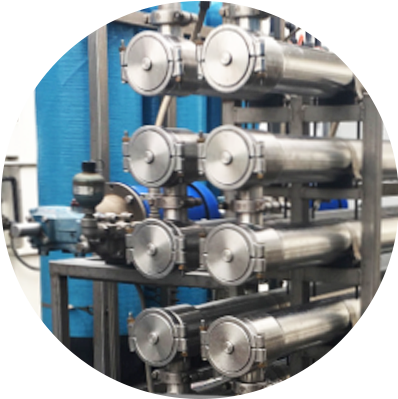
4ep - 4eg treatment
Brettanomyces (“Brett”) yeast produces two molecules during its lifespan in wine: 4-Ethylphenol (4EP) and 4-Ethylguaiacol (4EG). Much of the year 2003 was spent in the Winetech labas we searched for an adequate resin to catch the Brett off-flavors from wine and remove 4EP/4EG our resultant discovery solidified our standing as an industry leader in wine treatment solutions.
VA ADJUSTMENT
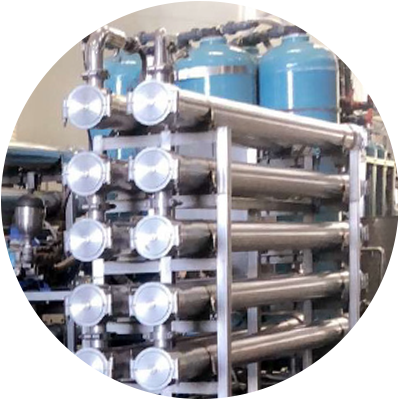
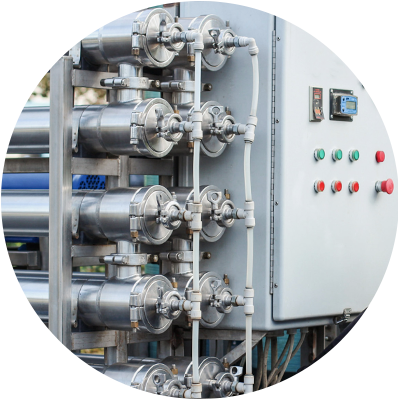
SMOKE TAINT REMOVAL
The rampant wildfires that plagued California’s north and central coasts in 2008 led to a significant amount of smoke-tainted wines, full of campfire aromas and bitter flavors. It wasn’t long after that the Winetech lab developed a solution for the smoke taint. Elevated levels of 4-Methylguaiacol (4MG) and Guaicol (G) proved to be effectively removed using reverse osmosis (RO) technology, along with absorbent media.
ETHYL ACETATE REMOVAL
Ethyl Acetate is the most common ester in wine—a reaction of ethanol and acetic acid—that, when overly produced, imparts unmistakable and objectionable aromas of acetone, or nail-polish remover, into wine.
Ethyl Acetate frequently develops on the vine, due to contamination with Acetobacter and other aerobic bacteria. Winetech’s pioneering removal solution removes excessive ethyl acetate through RO technology and absorbent media.
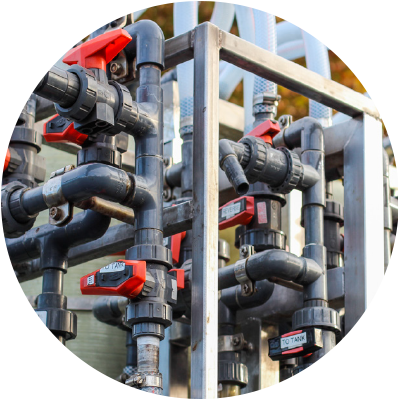
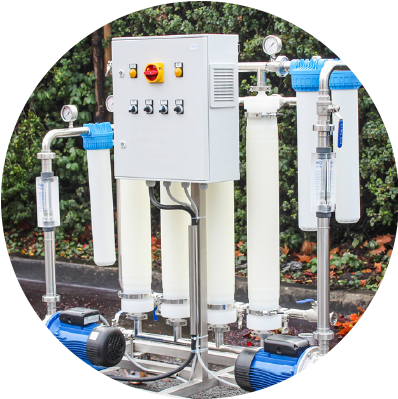
DE-ALCOHOLIZATION
Demand for De-Alcoholization (de-alc) has increased dramatically in the last 15 years. Initially used to avoid higher taxation, de-alc technology is now widely employed as a way to improve wine quality—by restarting stuck fermentations and correcting wines that are “off-balance.” Wineries throughout California are quietly embracing alcohol adjustment as an effective “wine-tuning” solution.

